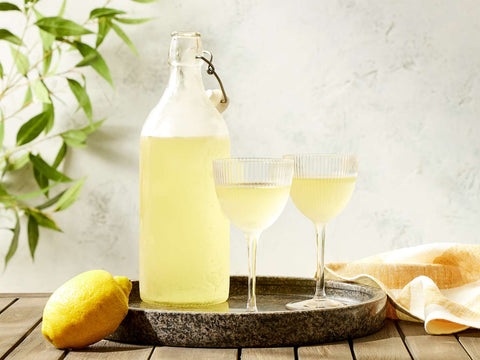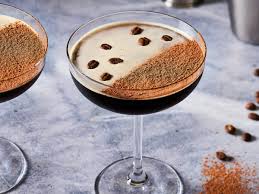The History of Gin and Tonic: From Medicine to Iconic Cocktail
The Origins of a Classic
Quinine's Discovery
The story of the gin and tonic begins not in a bar, but in the jungles of South America. In the 17th century, Spanish conquistadors discovered that the indigenous peoples of Peru used the bark of the cinchona tree to treat fevers. This bark contained quinine, which would become crucial in the fight against malaria.
The British Empire's Role
By the 1700s, the British Empire had spread across the globe, with many territories in malaria-prone regions. British officials, soldiers, and colonists in India were particularly susceptible to the disease. The solution? Quinine, dissolved in carbonated water, creating what we now know as tonic water.
The Birth of Tonic Water
Early Formulation
The original tonic water was incredibly bitter, containing high levels of quinine. To make it more palatable, British officers in India began mixing it with:
- Sugar
- Lime
- Gin
- Carbonated water
Schweppes' Innovation
In 1870, Schweppes introduced "Indian Quinine Tonic," the first commercial tonic water. This innovation made the drink more accessible and standardized its production.
The Evolution of Gin
Dutch Courage
Gin's history predates its marriage with tonic. Originally developed in the Netherlands as "genever" in the 16th century, it was used as a medicine for kidney ailments.
The Gin Craze
- 1690s: William III reduced taxes on spirit production
- Early 1700s: London experienced the "Gin Craze"
- 1751: Gin Act controlled production
- Late 1800s: London Dry Gin style emerged
The Perfect Marriage
Colonial Convergence
The combination of gin and tonic emerged from necessity:
- British troops required daily quinine doses
- Gin made the medicine more palatable
- The drink became a symbol of British colonial culture
- Local lime cultivation provided the perfect garnish
Scientific Support
The combination proved scientifically sound:
- Gin's botanical compounds complement quinine
- Citrus adds vitamin C (preventing scurvy)
- The mixture creates a balanced pH
- Carbonation enhances flavour delivery
Modern Evolution
Contemporary Craft
Today's gin and tonic has evolved significantly:
- Premium gin varieties
- Artisanal tonic waters
- Specialized garnishes
- Regional variations
Spanish Revolution
The Spanish "Gin-Tonica" movement revolutionized presentation:
- Large balloon glasses
- Premium gin selections
- Creative garnishes
- Specific gin and tonic pairings
Cultural Impact
Global Influence
The gin and tonic has influenced:
- Colonial history
- Popular culture
- Literature
- Social customs
Modern Significance
Today, the drink represents:
- Craft cocktail movement
- Summer refreshment
- British heritage
- Sophisticated simplicity
The Art of Preparation
Classic Recipe
The traditional preparation includes:
- High-quality London Dry Gin
- Premium tonic water
- Fresh lime
- Ice cubes
Modern Variations
Contemporary versions might include:
- Botanical gins
- Flavored tonic waters
- Exotic garnishes
- Regional interpretations
Health Considerations
Historical Benefits
Originally, gin and tonic served medical purposes:
- Malaria prevention
- Scurvy prevention
- Digestive aid
- Fever reduction
Modern Context
Today's tonic water contains minimal quinine:
- FDA regulations limit quinine content
- More focus on taste than medicine
- Lower sugar content options
- Health-conscious variations
Future Trends
Craft Movement
The future of gin and tonic includes:
- Artisanal gin production
- Boutique tonic waters
- Sustainable ingredients
- Local interpretations
Innovation
Modern trends include:
- Low/no alcohol versions
- Sustainable packaging
- Organic ingredients
- Ready-to-drink formats
Cultural Legacy
Literary References
The drink appears in numerous works:
- James Bond novels
- Colonial literature
- Modern fiction
- Travel writing
Social Impact
The gin and tonic represents:
- British cultural heritage
- Colonial history
- Modern cocktail culture
- Global drinking traditions
Conclusion
From its origins as a medicine to its current status as a beloved cocktail, the gin and tonic embodies centuries of history, cultural exchange, and evolving tastes. Its journey from colonial necessity to contemporary favourite demonstrates how drinks can transcend their original purpose to become cultural icons. Today, the gin and tonic continues to evolve while maintaining its essential character as one of the world's most popular and enduring cocktails.




Comments (0)
There are no comments for this article. Be the first one to leave a message!